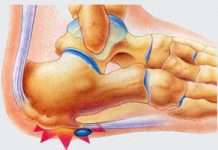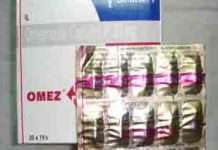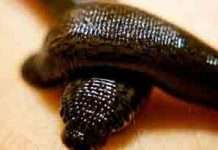The word “detox” has become synonymous with quick fixes for everything from skin blemishes to emotional baggage. But when it comes to the brain, is a total dopamine “detox” actually possible—and more importantly, is it helpful?
We spoke with leading psychiatrists and neuroscientists to unpack the latest research and separate fact from fiction about this buzzy wellness trend. Here’s what you need to know.
What Exactly Is a Dopamine Detox?
Think of a dopamine detox less like scrubbing your brain clean and more like a reset button for your relationship with instant gratification. Popularized by psychiatrist Cameron Sepah, Ph.D., this method involves temporarily cutting back on activities known to trigger spikes in dopamine—the neurotransmitter responsible for pleasure, motivation, and reward.
These “pleasure-inducing” behaviors fall into six categories:
- Pleasure or emotional eating
- Internet or gaming
- Gambling or shopping
- Pornography or masturbation
- Thrill or novelty-seeking behaviors
- Recreational drug use
Some approaches to dopamine detoxing even go as far as eliminating seemingly healthy things like exercise, music, socializing, and reading. While these might sound extreme, the core idea is to become more aware of your impulses and gain control over them.
The Dopamine Detox: A Misleading Name
Here’s a crucial point: you can’t actually “detox” your brain from dopamine. It’s essential for everything from movement to focus to learning. What the method aims to address is excessive reliance on quick dopamine hits, often provided by technology and addictive behaviors.
Think of it this way: dopamine is like a muscle—sometimes you need to work out intensely (like when tackling a challenging project), but constantly being in “stimulation overload” mode can lead to fatigue, burnout, and difficulty focusing on things that require sustained effort.
What Does the Science Say?
There’s growing evidence that strategically limiting your exposure to dopamine-triggering stimuli can have positive effects:
- Reduced Impulsive Behaviors: A 2021 study found that dopamine detox methods can indeed decrease impulsive behaviors, leading to a sense of mental clarity and well-being.
- Improved Focus and Productivity: Taking breaks from overstimulation allows your brain to recharge and concentrate more effectively on tasks at hand.
A More Realistic Approach: Dopamine Fasting 2.0
The original “detox” concept can feel overwhelming and unrealistic for most people. That’s where the idea of “dopamine fasting 2.0” comes in. Instead of complete abstinence, it focuses on mindful boundaries:
- Identify Your Triggers: What activities do you find yourself mindlessly scrolling through, reaching for just “one more time”? These are likely strong dopamine contributors.
- Set Realistic Limits: Rather than cutting things out entirely, experiment with reducing your exposure during specific times or days. For example, try a phone-free hour before bed, social media blackout on weekdays, etc.
Don’t Forget the Positives!
The key is to replace unhealthy habits with positive activities that naturally boost dopamine in a healthy way:
- Physical Activity: Exercise releases dopamine and endorphins—it’s a natural mood lifter.
- Mindfulness Practices: Meditation, journaling, or simply spending time in nature can help you reconnect with yourself and reduce mental clutter.
- Creative Outlets: Engaging in hobbies like painting, writing, playing music, or crafting can bring joy and satisfaction.
The Bottom Line
While a complete “detox” isn’t necessary (or even possible!), consciously managing your dopamine intake can absolutely improve focus, reduce impulsive behaviors, and lead to a greater sense of well-being. By setting healthy boundaries and making space for positive activities, you can find a more balanced and fulfilling way to experience the world—without going cold turkey on pleasure altogether.

























































